
Alex Katz. Last Look, 1986. Oil on board. 24 x 60 ¼ in. Collection of the artist.
Alex Katz: Theater and Dance constitutes the first comprehensive exploration of Katzʼs playful and inventive collaborations with choreographers, dancers, and members of avant-garde theater ensembles over six decades. The exhibition showcases rare archival materials, major sets and paintings, and previously unexhibited sketches from more than two dozen productions. In addition to presenting a range of works by innovators across the performing arts and poetry, it spotlights fifteen productions that Katz produced with Paul Taylor, exploring the creative partnership that generated some of the most significant postmodern dance and art of the twentieth century.
Since the late 1950s, Alex Katz has painted dancers and designed sets and costumes for theater and dance productions. As the first comprehensive museum presentation of Katzʼs highly collaborative and playful work with choreographers, dancers, and members of avant-garde theater ensembles, Alex Katz: Theater and Dance offers an unparalleled opportunity to experience Katzʼs designs and creative process.
Artworks from the show are drawn from the comprehensive Alex Katz holdings at the Colby College Museum of Art, home to a collection of nearly 900 works by the artist, and complemented by unpublished, never before exhibited sketches from the artistʼs collection, major sets and paintings, and rare archival materials from Paul Taylor Dance Company, among other key loans attesting to the intertwined histories of painting and stage design in Katzʼs works. This broad range of material, together with the insights of many Katz collaborators past and present, provides an innovative kind of retrospective: that of an artistic sensibility.
Alex Katz: Theater and Dance demonstrates how the central qualities of Katzʼs art—his radical sense of scale and cropping, his unrivaled study of light and color, his eccentric imagination and sense of humor—have taken shape and been reflected across two dozen or more dance and theater productions in New York and beyond.
Alex Katz: Theater and Dance is organized by the American Federation of Arts and Colby College Museum of Art. This exhibition is curated by Levi Prombaum, former Katz Consulting Curator, Colby College Museum of Art. The 2022 presentation of Alex Katz: Theater and Dance was organized by the Colby Museum with curatorial guidance from Robert Storr. Alex Katz: Theater and Dance is accompanied by a free educational brochure developed by the AFA. A related book is also available.
This exciting, and well-visited exhibition tour was organized by AFA’s Curator Katherine Wright, PhD. It started in 2025 at the Artis-Naples, The Baker Museum, Naples, FL and next at the Frye Art Museum in Seattle, WA, through June 8, 2025 Museum of Contemporary Art San Diego, San Diego, CA, August 21, 2025 – January 4, 2026 Wichita Art Museum, Wichita, KS, January 31, 2026 – May 10, 2026
Alex Katz. Last Look, 1986. Oil on board. 24 x 60 ¼ in. Collection of the artist. Photo: Paul Takeuchi. © 2025 Alex Katz / Licensed by VAGA at Artists Rights Society (ARS), NY. Courtesy American Federation of Arts
Anke Van Wagenberg, PhD, is Senior Curator & Head of International Collaborations at the American Federation of Arts in New York and lives in Talbot County, MD.
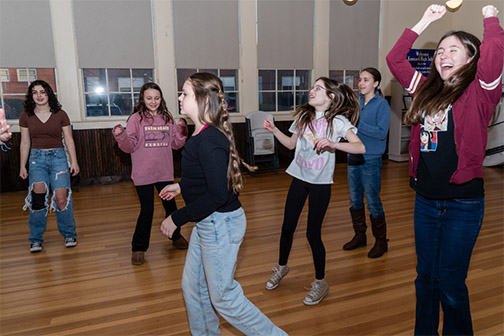



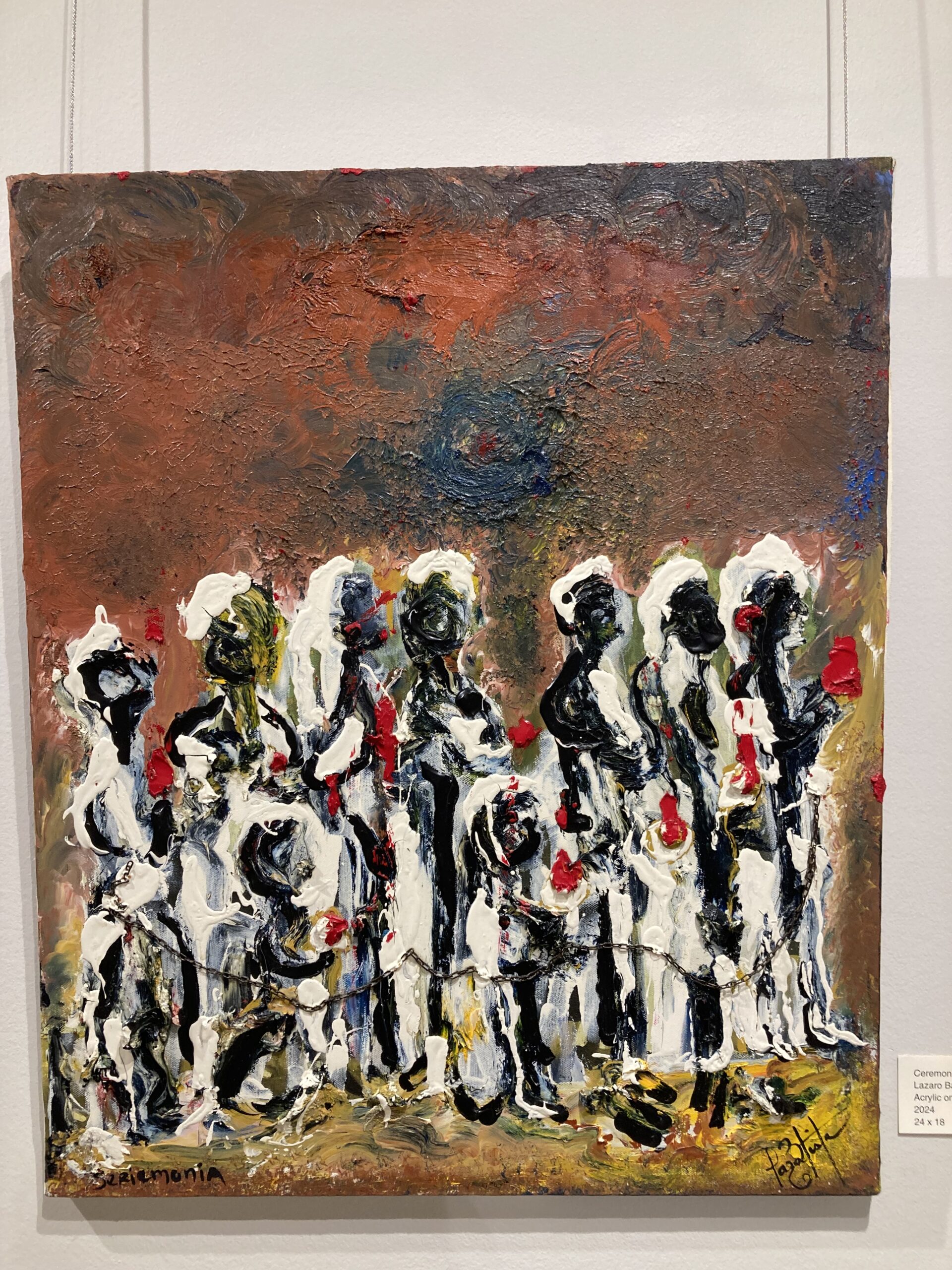
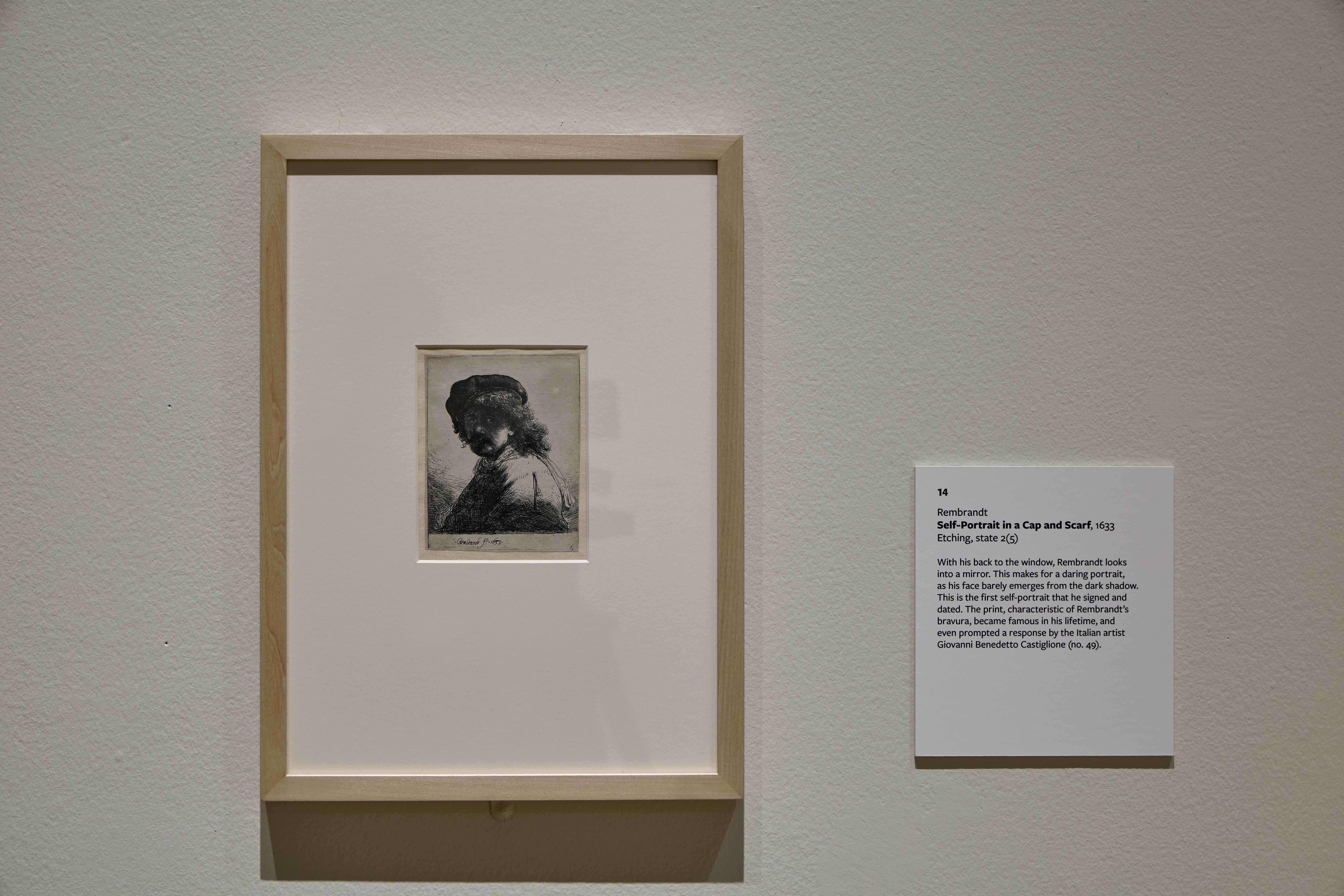
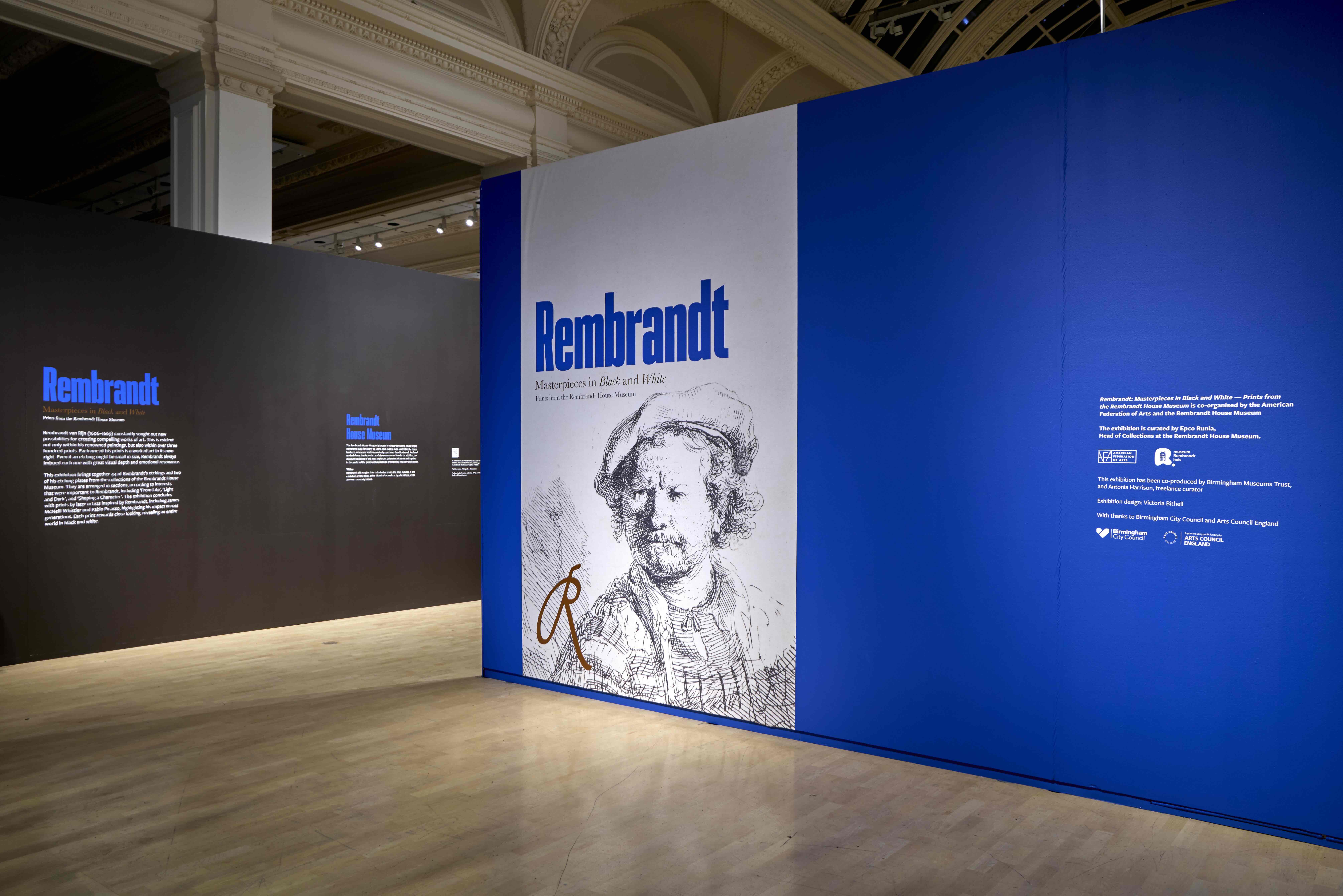
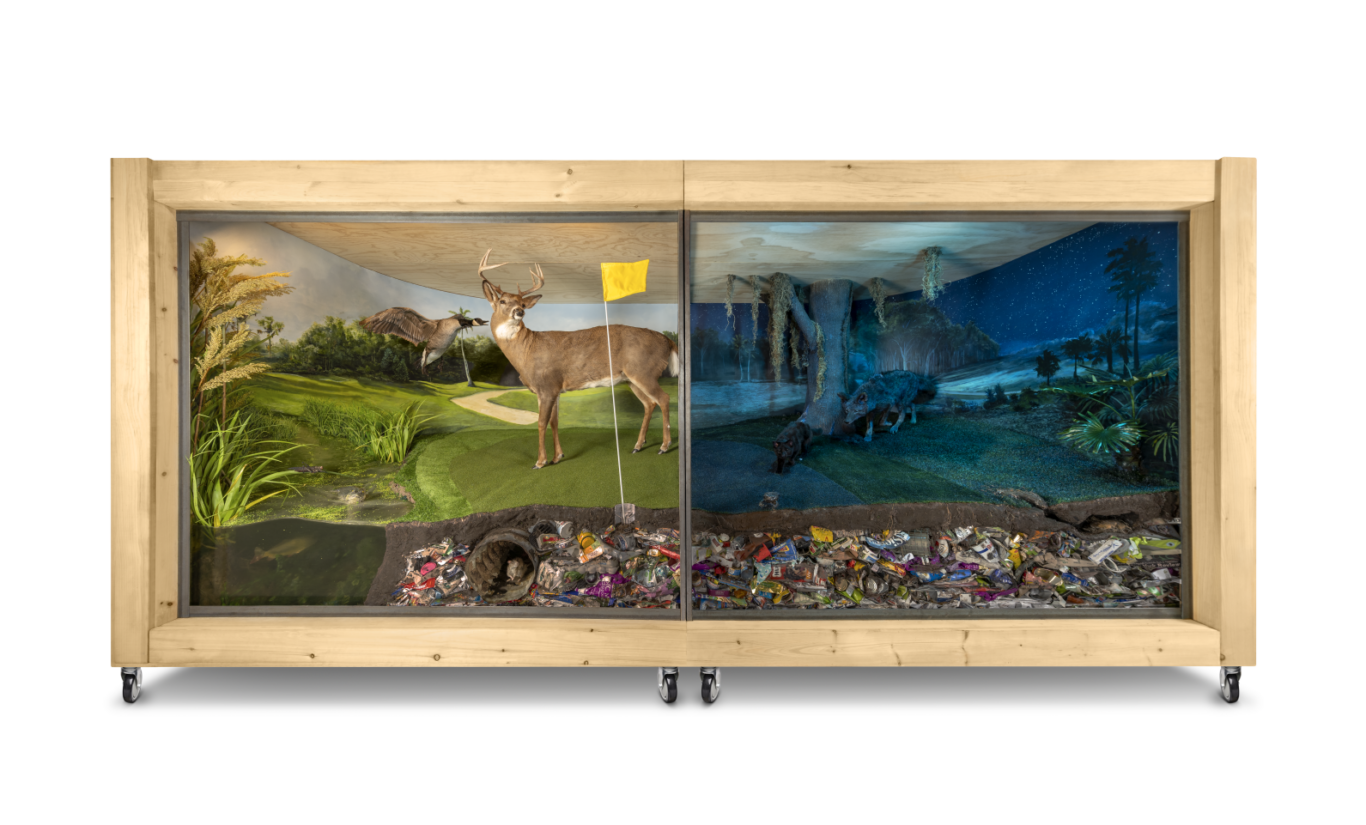
 I recently attended the Farm to Table: Art, Food, and Identity in the Age of Impressionism exhibition opening, first at the Chrysler Museum, Norfolk, VA, and now on view at the Frist Art Museum, Nashville, TN, until May 4th. The AFA-Chrysler organized exhibition will continue on to the Cincinnati Art Museum, OH and lastly to the Seattle Art Museum. Farm to Table: Art, Food, and Identity in the Age of Impressionism explores the intersections of art, gastronomy, and national identity in fin-de-siècle France. The exhibition showcases the work of artists such as Claude Monet, Eva Gonzalès, Victor Gilbert, Paul Gauguin, and Jules Dalou who examined the nation’s unique relationship with food. The bounty of France’s agriculture and the skill of its chefs had long helped to define its strength and position on the international stage.
I recently attended the Farm to Table: Art, Food, and Identity in the Age of Impressionism exhibition opening, first at the Chrysler Museum, Norfolk, VA, and now on view at the Frist Art Museum, Nashville, TN, until May 4th. The AFA-Chrysler organized exhibition will continue on to the Cincinnati Art Museum, OH and lastly to the Seattle Art Museum. Farm to Table: Art, Food, and Identity in the Age of Impressionism explores the intersections of art, gastronomy, and national identity in fin-de-siècle France. The exhibition showcases the work of artists such as Claude Monet, Eva Gonzalès, Victor Gilbert, Paul Gauguin, and Jules Dalou who examined the nation’s unique relationship with food. The bounty of France’s agriculture and the skill of its chefs had long helped to define its strength and position on the international stage.